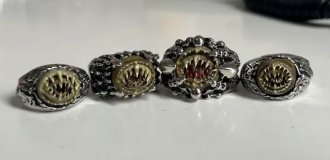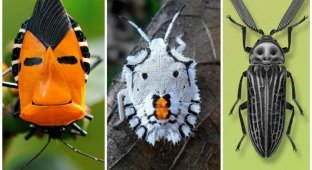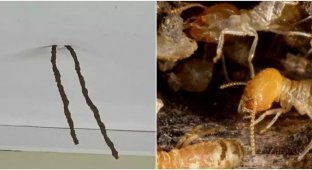Carpet beetles: they are in every apartment. Should you worry about tiny neighbors? (8 photos)
These insects feed on pieces of our bodies! 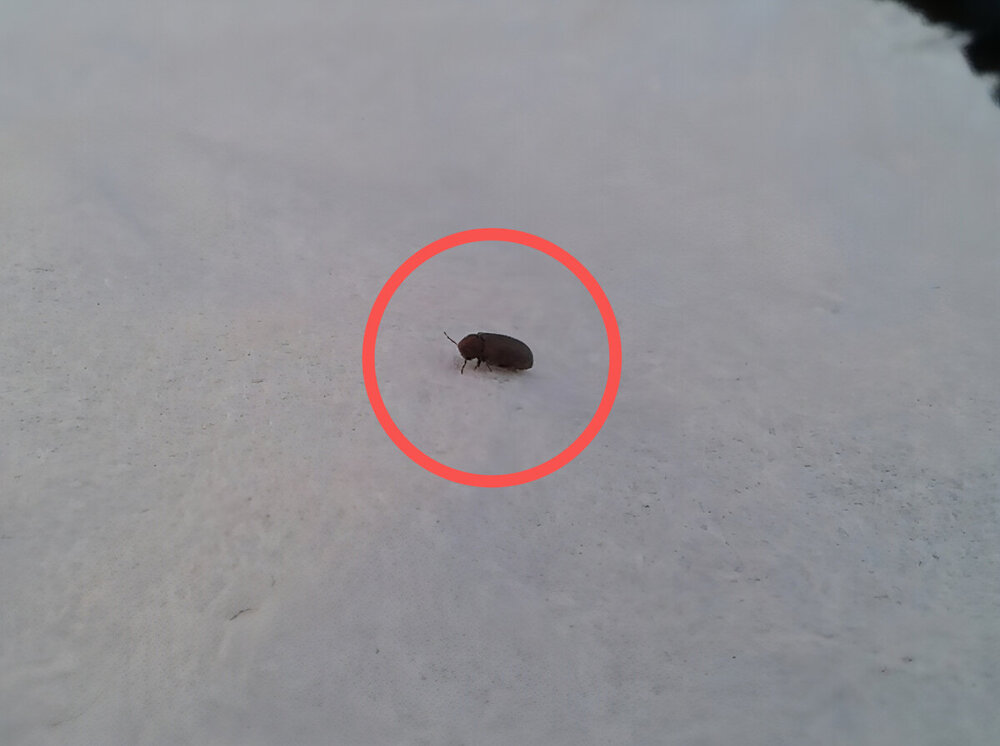
You have been noticed. 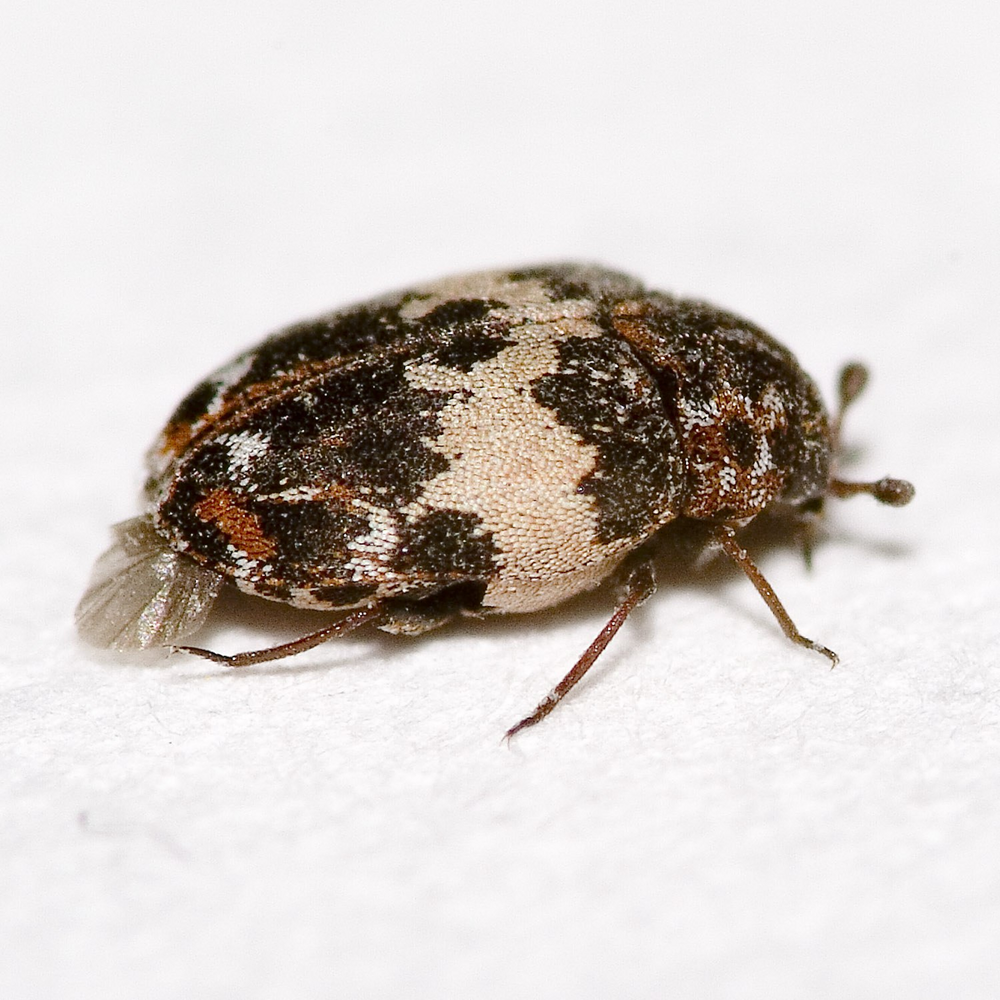
Molt, people, I'm hungry!
Despite their penchant for eating human skin, leather beetles look banal to the point of yawning. There are 1,800 species of beetles in the family, but there is nothing interesting about any of them. Common small beetles, maximum 12 millimeters in length. Sometimes variegated, sometimes black, but most often red-brown. 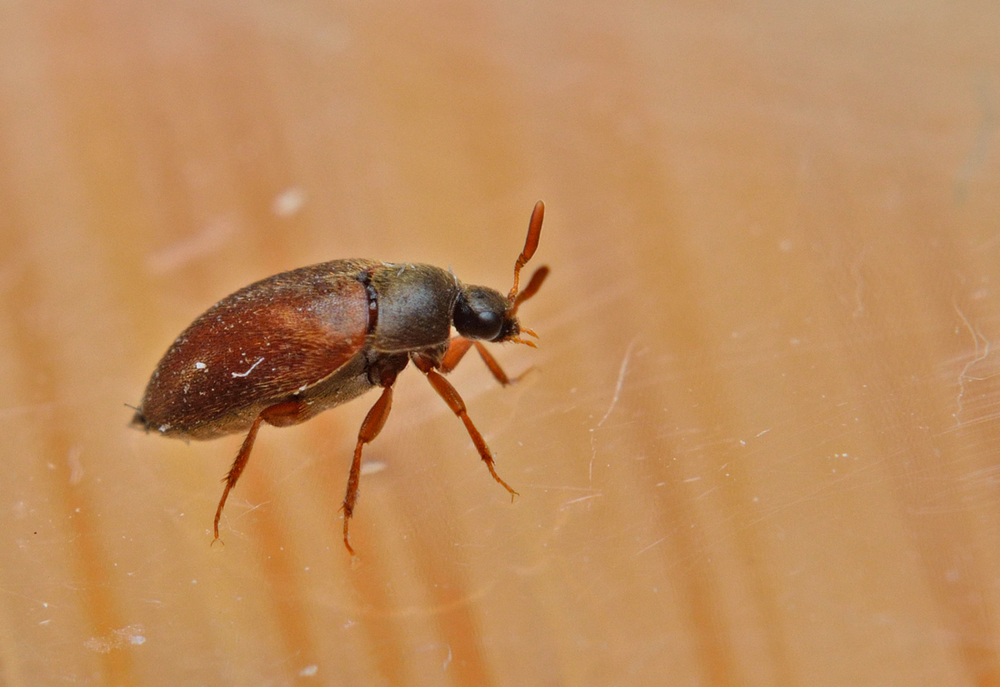
Have you seen such a bug at home? Congratulations, you have skin beetles.
Skin beetles have neither powerful armor nor sharp jaws, but evolution has not left them without bonuses. The little bugs have supernaturally strong intestines. They are not only able to eat carrion, they can digest chitin, skin, hair and nails! Moreover, they do it so well that they can feed exclusively on them, without additional feeding. 
Buddy, can you share your nail? As a neighbor I ask!
In the wild, skin beetles are practically invisible. They spend most of their lives at ground level, eating dead insects. But in animal dwellings - in beehives, bird nests and mammal burrows - their numbers are an order of magnitude higher. And human homes are no exception. 
The larvae of skin beetles are covered with long hairs - a cheap but effective defense against small (by the standards of skin beetles) predators.
The insects fell in love with human houses in particular. A person sheds 700-800 grams of skin per year, as well as countless hair. To microscopic thrifty bugs, you and I are huge food farms. We synthesize so much food that skin beetles are found even in apartments that are licked to a shine. 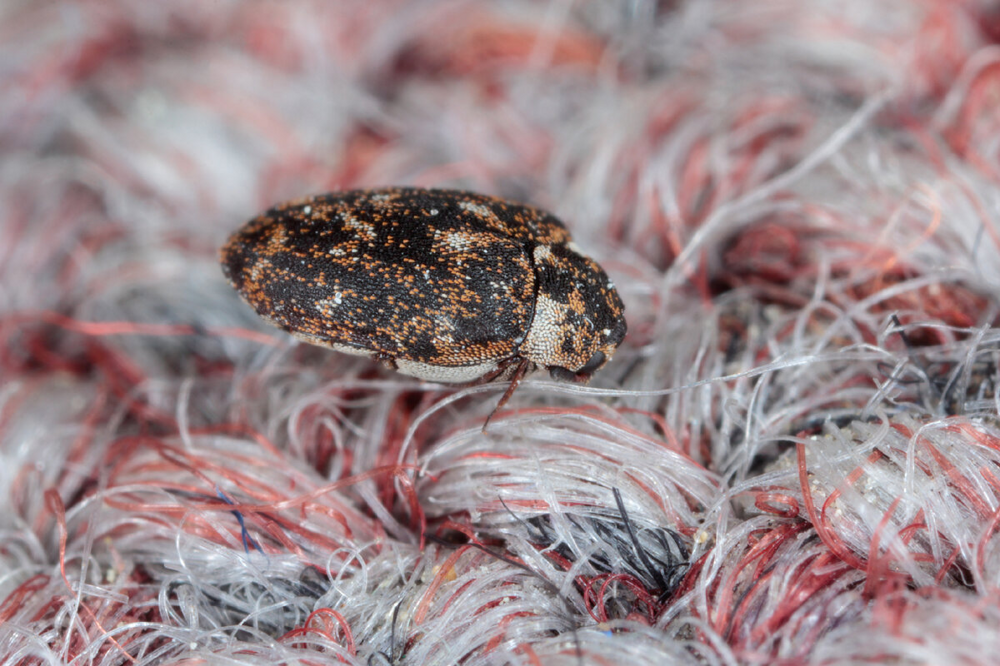
Have you saved your grandmother's carpet? Most likely, it has such inhabitants.
One thing is good - there is very little harm from them. Carpet beetles can spread worm eggs, but the bugs live in secluded corners and do not crawl on human food. Sometimes they damage leather furniture and clothing, but only if you don't take care of them for months. They even control their numbers themselves, through cannibalism. So it turns out that the insects are calm and almost harmless. Unless you are allergic to their excrement, of course. 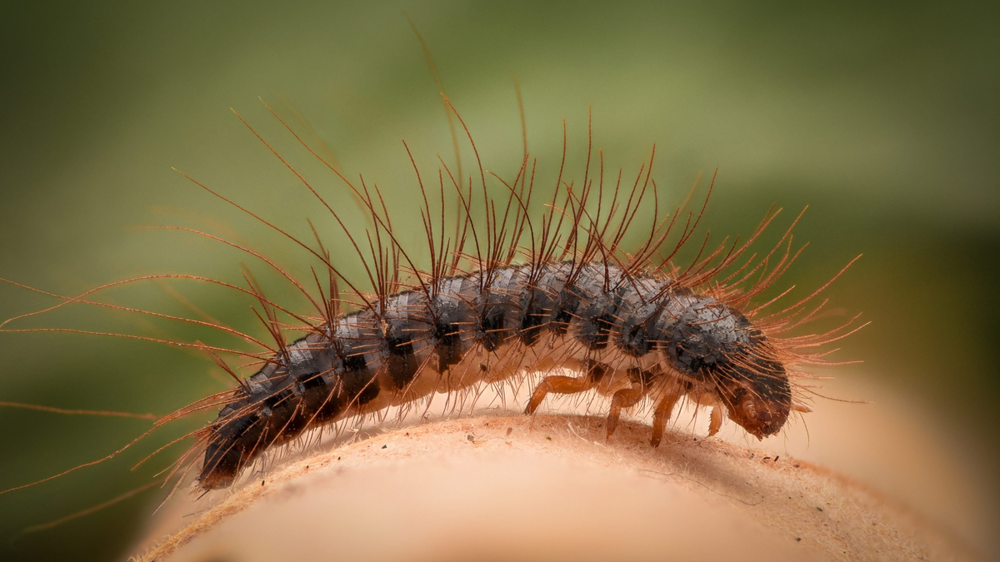
Soon there will be a beetle here, but for now there is only its larva. You need to wait on the page for a couple of weeks.
But workers at zoological museums hate skinworms with all their hearts. The fact is that they are too good at devouring inedible substances. A rare stuffed ermine, made back in the 19th century, is consumed just as readily as ants that were pickled for six months in alcohol, formaldehyde or toxic ether. If you gape, the museum's vast holdings will be decorated with the marks of small jaws. 
The entomological collection of a large museum or university consists of dozens of cabinets with hundreds of boxes inside; it’s impossible to keep track of everything. And this is where skin beetles come into play.
But practicing zoologists love these insects, because they make it easier to process animal skeletons. Denver zoologists, for example, keep several boxes of “tame” skin beetles. Scientists say that little hard workers are able to clean a zebra's skeleton of ingrown meat in about a week. And to clean it as efficiently as people never dreamed of!







